The seat covers of EasyJet airplanes bear symbols that look like a pigpen cipher. Do they encode a secret message?
Readers of my (German) steganography book Versteckte Botschaften may know the following story. In the 1980s, Coca Cola launched a marketing campaign in Australia that advertised a new bottle design. As can be seen on the following picture, the designer of one of the print advertisements hid a picture within the picture he created (to see it, look at the icecube in the center of the enlarged image excerpt):
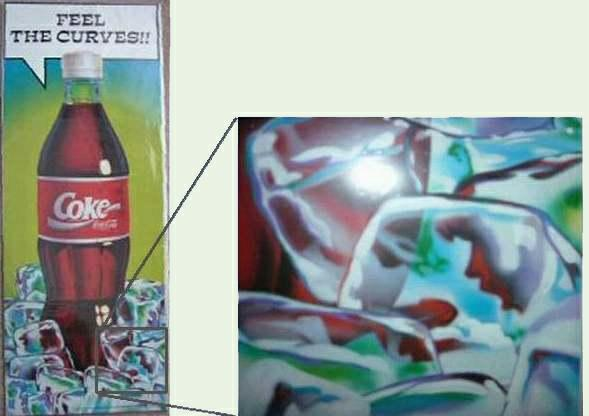
Source: https://forum.hkej.com/node/55230
After this hidden picture had been discovered, the graphic designer lost his job.
For a similar reason, James May, presenter on the BBC program Top Gear, was fired from the magazine Autocar. May spelled out a message using the large red initial at the beginning of each review he published in the Road Test Yearbook of 1992:
The message reads: “So you think it’s really good? Yeah, you should try making the bloody thing up. It’s a real pain in the arse.”
The EasyJet code
When I recently traveled in an airplane operated by low-cost airline EasyJet, I asked myself whether I had discovered another hidden message – and whether the creator of it will be fired, too. This potential hidden message can be seen on the seat covers:
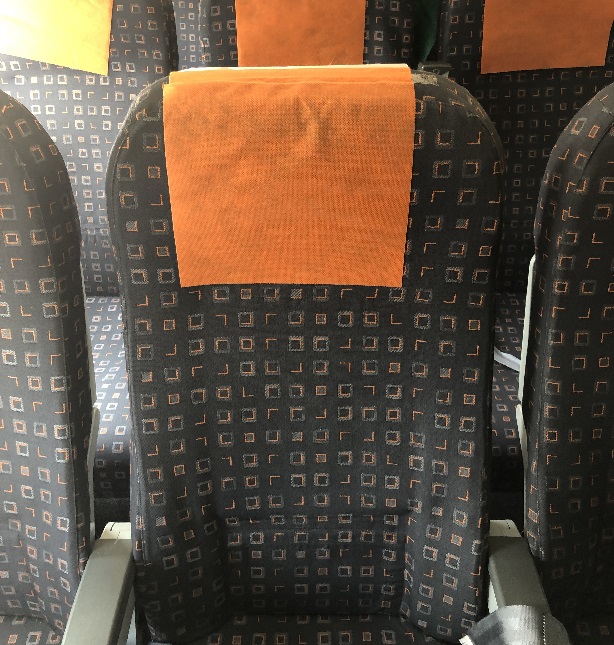
Schmeh
Here’s a closer shot:

Schmeh
It is quite obvious that the symbols on the seat covers look like a pigpen cipher.

There are many variants of the pigpen cipher. The most popular one is based on a diagram like the following:

Schmeh
The pigpen variant potentially used on the EasyJet seats is based on an alphabet consisting of 36 letters. Here’s a transcription table:
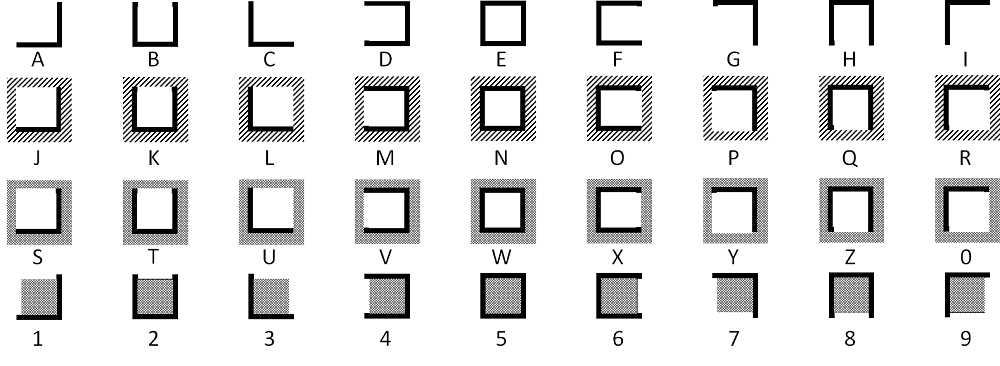
Schmeh
The following segment …

Schmeh
… is transcribed as follows:
A 0 9 0 5 P C 0 I P R I S A R 0 I J L A P 5 U J G W L 5 0 A
There is also the possibility that the second and the third line in the transcription table are identified, which would mean that we have an alphabet consisting of 27 letters.
A code or not a code?
The main question is now, of course, whether these symbols really encode a message or if they are meaningless.
So far, I haven’t found a pattern in the symbol sequences. This means that either a relatively complex rule has been used to generate them or that they have a meaning (for instance, they might encode a message) or that they have been chosen at random.
As a crypto expert, I hope that the hidden message hypothesis is the correct one, but as a skeptic I am careful with things like these. I certainly don’t want to create a successor of the Bible code. But who knows, perhaps there is a worldwide airline conspiration, the manifesto of which is hidden on airplane seat covers. More unlikely conspiration theories than this one are known to exist.
Can a reader say more about this aviation mystery? If so, please leave a comment.
Follow @KlausSchmeh
Further reading: Ten peculiar uses of the pigpen cipher
Linkedin: https://www.linkedin.com/groups/13501820
Facebook: https://www.facebook.com/groups/763282653806483/

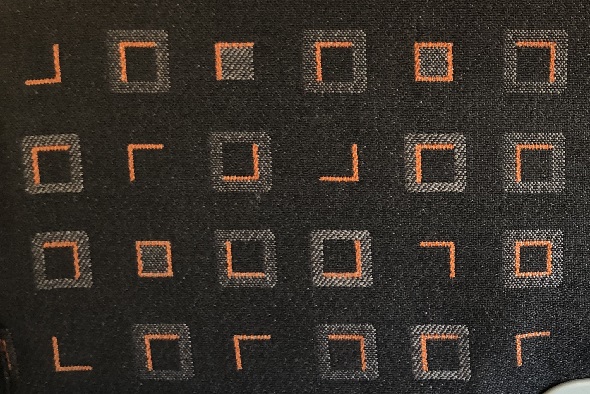
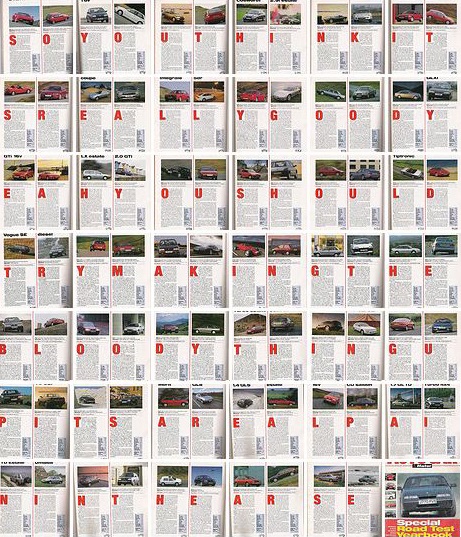

Kommentare (11)